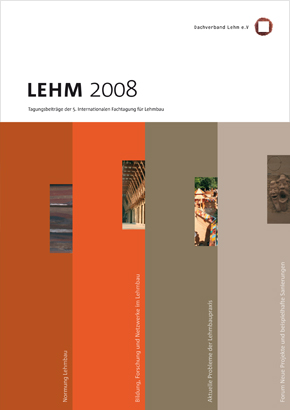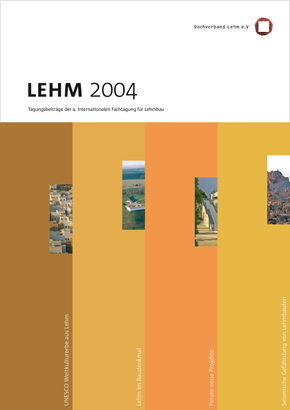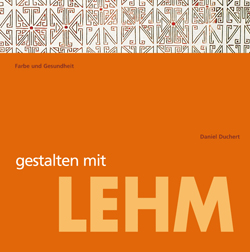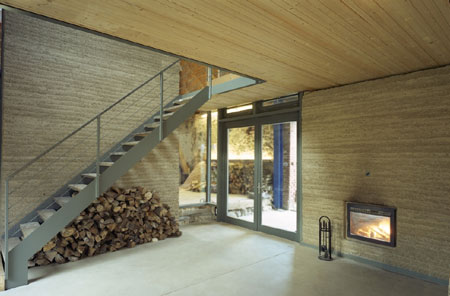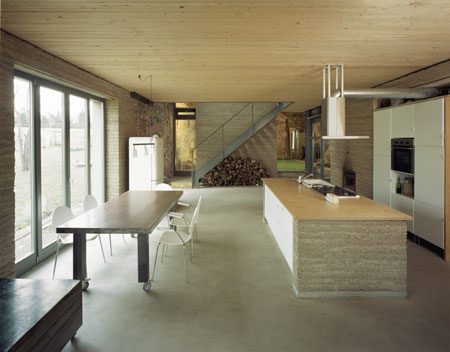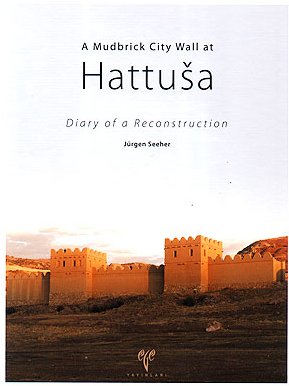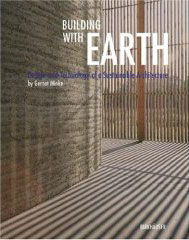Every four years the Dachverband Lehm e.V., the German Association for Building with Earth, organises an international conference and trade fair on building with earth in a different earth building region in Germany together with an excursion in the region.
We are pleased to announce that the LEHM 2012, the 6th International Conference on Building with Earth, organised by the Dachverband Lehm e.V. will take place from 5 – 7 October 2012 in Weimar, the birthplace of the Bauhaus and a UNESCO World Heritage site.
The LEHM 2012 will encompass the conference with presentations and poster session on 5 – 6 October 2012 and an excursion on 7 October 2012. The conference programme will cover the following topics:
-Earth building norms and regulations
-Current research in earth building
-Training and education in earth building
-Sustainability in earth building
-Contemporary earth building
-Earth building in renovation
The presentations, papers and poster session contributions will be published in the conference proceedings to accompany the conference. The ‘Call for Papers’ opens in April 2011.


